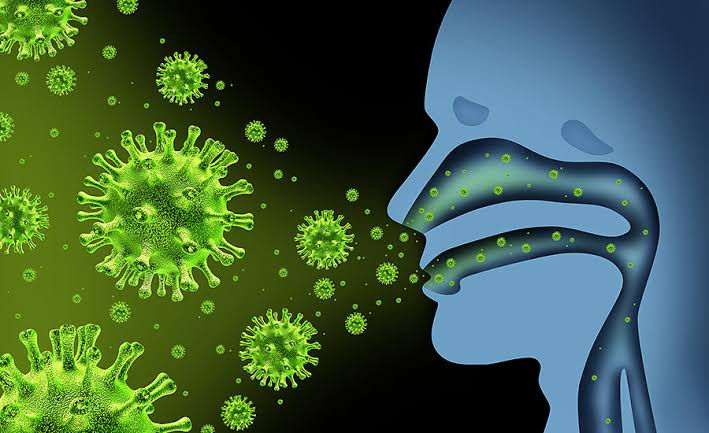Psychosomatic Disorders in Women
- thepremedgazette
- Sep 17, 2024
- 3 min read
Collaboration: Writer Girlies x The Pre-Med Gazette
Written by Aiji and Sophia
What are psychosomatic disorders?
Psychosomatic is defined as a physical illness or other condition caused or aggravated by a mental factor such as internal conflict or stress, reported by oxford dictionary. It occurs in both men and women, with no age criterion.
Psychosomatic is a highly under researched field, debilitating the lives of many. Let's read ahead to find out further about this predicament faced by millions!
Somatization:
Somatization is a tendency to experience and communicate psychological distress as bodily and organic symptoms and to seek medical help for them. More commonly expressed, it is the generation of physical symptoms of a psychiatric condition such as anxiety
Symptoms of psychosomatic disorders include:
Chest pain or feeling like your heart is racing
Exhaustion or insomnia
Headaches and dizziness
Shaking or tremors
High blood pressure
Muscle tension or jaw clenching
Stomach or digestive problem
What’s the difference between a psychosomatic disorder and somatic symptom disorder?
Psychosomatic disorder and somatic symptoms disorder both involve a combination of psychological issues and physical symptoms or conditions. But their cause-and-effect relationships are different.
Somatic symptom disorder happens when you have an extreme focus on physical symptoms, like pain, that causes major distress or problems with daily functioning. A psychosomatic disorder happens when stress makes physical conditions worse.
The American Psychiatric Association (APA)’s Diagnostic and Statistical Manual of Mental Disorders (DSM-5) recognizes somatic symptom disorder as a condition, but doesn’t recognize psychosomatic disorder as a condition.
What are some causes and treatments?
Because symptoms usually vary depending on any underlying physiological conditions, the causes are typically increased stress related environments or genetic makeup since some people are more emotionally and physiologically sensitive to stress. For example, if one has diabetes, since stress increases blood glucose levels, it may make it more difficult to manage leading to flare ups as well as digestive issues since stress and anxiety have a significant impact on gut health. Most people can physically and mentally tolerate brief episodes of stress, but chronic stress can wear down the body, even leading to damage within certain body systems.
Because there are no specific criteria in the diagnoses of psychosomatic disorders, providers may ask about levels of stress in order to determine if there is a physical condition that may be affected by increased amounts of stress. Stress is subjective, but if a provider believes that it might be affecting one’s livelihood after interpreting stress questionnaires, they may recommend treatments for stress management such as psychotherapy to lessen physical stress presentation of symptoms. Providers may also give referrals to mental health specialists.
How does mental health differ between sexes?
The development of mental health issues often stem from a combination of genetics, environment and societal experiences. Due to long standing stereotypes around differences in sexes, there are many discrepancies in mental health care, research and stigmatization. For example, women are twice as likely than men to experience anxiety disorders due men biologically having more testosterone which has been found to have antidepressant and anti anxiety benefits. Additionally, due to violence against women, women have reported cases of sexual and domestic violence, resulting in PTSD which can contribute to any symptoms associated with psychosomatic disorders.
Women and psychosomatic disorders. What's the correlation between both of them?
According to research, women are 10 times more likely to experience symptoms of psychosomatic disorders.
Why?
Each potential explanatory factor was significantly differentiated by sex. Self-esteem, body image (represented by weight-related worries), smoking and physical activity were related to the health measures. These factors accounted for one third of the female excess in headaches and stomach problems, half the excess in dizziness and almost all that in respect to depressive mood. Self-esteem and body image were the factors most consistently related to health, and adjustment for these resulted in the largest reductions in the odds of a female excess in both the psychosomatic symptoms and depressive mood, as reported by a research held by NHS government, in school cohorts.
Studies have revealed the influences of environmental factors on the health continuum and how contextual conditioning factors of gender significantly contribute to vulnerability. In the case of women, societal pressures such as beauty standards as well as significantly higher pressures to reconcile work with family life lead to higher risk of psychosomatic disorders. Additionally, women are more likely to spend time doing household chores and caring for family members rather than devoting time to self care. This means that because women are expected to do all these tasks, they find it hard to enjoy leisurely time or find the time to do activities for personal development, leading to increased stress, decreased self-esteem and quality of life which contributes to the development of psychosomatic disorders.







Comments